Each parent has a 50% chance of passing a negative version of the gene down to their child When we multiply 05 by 05, we end up with 025 So each child has a 25% chance for having a negative blood type To figure out how likely an O blood type is, we need to multiply the chances for an O by the chances for a negative Your parents could be either A, B, or O, and at least one of them would have to be Rh positive The one certainty is that neither of them could be AB The genes that code for everything are present in pairs and so too are the surface antigens that determine blood type To explain A person who is blood type A could be genetically either AA or AO (receiving a gene that codes forBlood is RHpositive mother is compatible with any fetal blood;

Understanding Genetics
O positive blood type chart parent child
O positive blood type chart parent child-The reason blood typing is important to some then others is that intended parents might chose not to disclose to their child that they used an egg donor They may also want to work with a donor that would hopefully allow them to have a child with their blood type so that if the child would ever need a blood transfusion that the intended parent would be the first to be able to donate O positive blood is one of the two most common blood types (the other is A positive) A negative This blood type has A marker only A positive This blood type has A marker and Rh factor, but not B marker Along with O positive, it's one of the two most common blood types B negative This blood type has B marker only B positive This blood type has B marker and Rh factor, but not A marker AB negative This blood type



Why Is It That A Positive And O Positive Give Birth To B Positive Quora
Blood Type Calculator Our interactive blood group calculator determines a baby's probable blood types for the ABO system based on the parents' blood type and vice versa People have molecules called antigens on the surface of their red blood cells The two most important ones are ABO system antigens and the Rh system Your child will either inherit an A allele (50% chance) or B allele (50% chance) from your partner Now, multiply the probabilities to obtain the chance for each blood group The chance that your child's genotype is AA is 75% * 50% = 375% The chance that your child's genotype is AB is 75% * 50% = 375% One combination, OO, gives blood type O So there's a 1 out of 4, or 25% chance, that the child will have blood type O and 3 out of 4, or 75% chance that the child will have blood type A This example shows the importance of knowing the parents' genotypes to figure out a child's possible blood type
Blood Type Chart, Blood Group Chart The blood type charts can be used to predict the possible blood types of the children Blood type is inherited and represent contributions from both of their parentsB Positive blood – 8%; Your Rh status (positive or negative) is determined by an antigen found on your red blood cells (RBCs) Being Rhpositive or Rhnegative means that either you have the Rhesus D antigen on your RBCs (positive) or you don't (negative) Rh status is inherited from our parents, separately from our blood type If you inherit the dominant Rhesus D
A Positive blood – 36%; Blood types are also inherited from parents and this is the principle under which a blood type chart works For example, parents with an O blood group can only have children with an O blood group too (either O negative or O positive) A blood type chart provides information on the expected blood types of children from that of their parentsThe different blood types There are 4 different blood types – A, B, AB and O These names indicate whether the blood's red cells carry the A antigen, the B antigen, both A and B antigens, or neither antigen Each of the 4 blood groups can be classified as either Rhesus positive or Rhesus negative The Rhesus system looks at different




Baby Blood Type Baby Blood Group Predictor



If Both Parents Are Both A What Will Happen To Their Child Does Their Child Have A Disorder Or Defect Quora
Inheritance of the child RH factor depends not only on the actual RH of the parents, but also genes that are not expressed themselves, but follow the childThe child's blood type is decided by both parents' blood type Parents all pass along one of their 2 alleles to make up their child's blood type There are 4 maternal blood types and 4 paternal blood types, so there are 16 total combinations to consider when predicting the child's blood typeTwo parents with A blood type can produce a child with either A or O blood types Two parents with B blood type can produce a child with either B or O blood type One parent with A and another with B can produce a child with A, B, AB or O blood types If one parent has A and another has AB, they can either produce a child with A, B or AB blood types If one parent has A and another has O, they can either produce a child with A or O blood types Rh Positive




Rh Factor Blood Types Chart Blood Group Information Health Care Qsota




Pin On Rayban Outlet Online
Not possible It is possible for the child to be rH negative if both parents are hybrid rH positive (one positive and one negative rH gene), but if they are both type O can only have type O childrenEither one of them is not the biologic parent, or someone's blood typing is a mistake Someone had to give that B geneB Negative blood – 2%;O negative is the first blood supply to run out during a shortage due to its universality Type O positive blood is given to patients more than any other blood type, which is why it's considered the most needed blood type 38% of the population has O positive blood, making it the most common blood type



Why Is It That A Positive And O Positive Give Birth To B Positive Quora
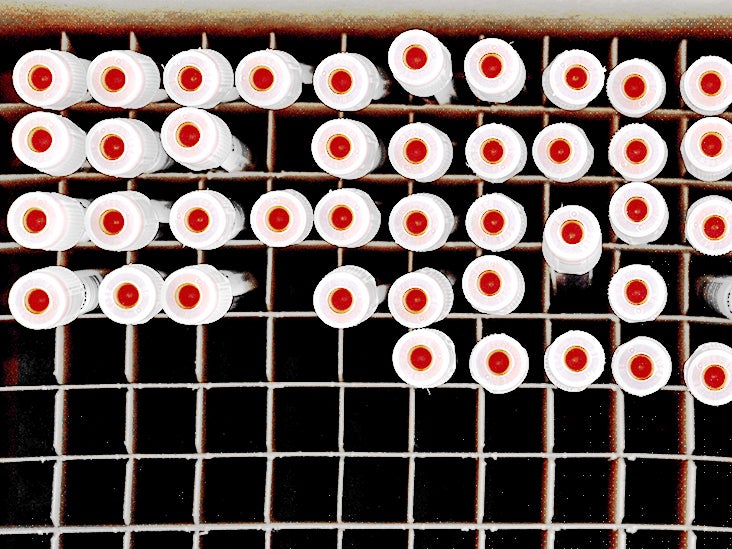



Blood Types What Are They And What Do They Mean
Madam it is not safe at allBased on the illustration(s)A woman with B should get marry to a man with any of this blood groupB,B,O and OThat is to say that during blood donation u can receive blood from any of the blood group mentioned aboveAnd B can only donate blood to B and AB only(2)A man with blood group A should get marry to any woman with any of this blood groupA or OIf both parents are AO, then there is a 25% chance their baby will inherit the O from each parent resulting in O blood type Now for the rhesus positive or negative blood type again each allele is positive or negative Again, positive is dominant So if each parent has A positive blood type ( A 0), then the child can be O negativeType A had A molecules, type B has B molecules and type O has neither molecule With the discovery of the Rhesus system that classifies blood into Rh positive and Rh negative, nowadays there are eight different blood types amongst the population
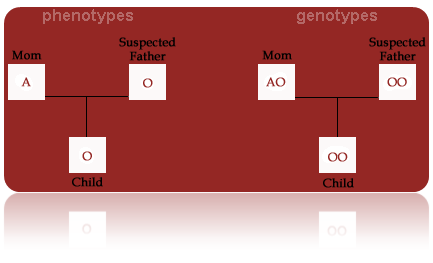



The Rh Negative Registry Blood Type And Rh Negative 101




Ethnic Distribution Of Blood Types Babymed Com
The reason a baby's blood type isn't always the same as his mother is that blood type is based on genes from each parent So, for example, a mother who is type O and a father who is type A could have a child who is type A The reason the baby wouldn't have type O blood, like his mom, is because the gene for O is recessiveApproximately 45 percent of Caucasians are type O (positive or negative), but 51 percent of AfricanAmericans and 57 percent of Hispanics are type O Minority and diverse populations, therefore, play a critical role in meeting the constant need for blood Types O negative and O positive are in high demand Only 7% of the population are O negativeO Positive blood – 37%;



Personality
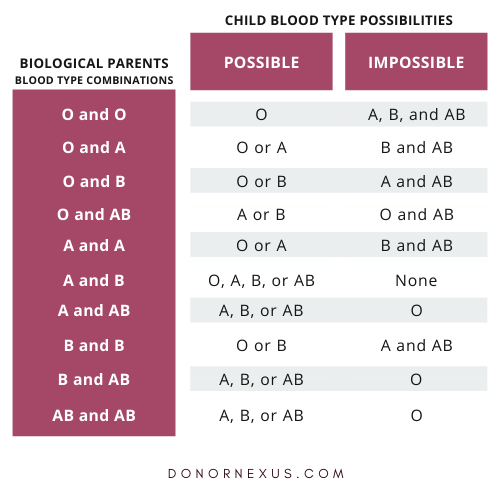



Does Egg Donor Blood Type Matter
There are basically four primary common Blood types The most common by far is Blood type O, followed by type A, type B, and the least common is Blood type AB Blood type is determined by the "alleles" that we inherit from our parents Alleles are different possible types of a particular gene, in this case the gene (s) controlling our Blood typeIf both parents belong to the blood group O, the child will also belong to the O blood group Two A blood group parents can give their child either A or O blood group Two B blood group parents can give their child either B or O blood group One parent with A and another with B will give their child either A, B, AB or O groupsAB Positive blood – 3%;




Blood Type Chart And Information On Blood Group Types Disabled World
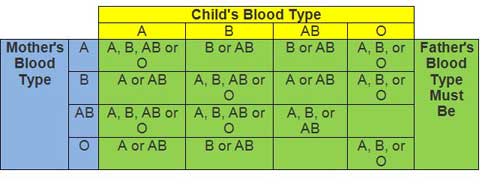



Using Blood Types To Confirm A Child S Father
Blood types are categorized by A, B, and O, and given an Rh factor of positive or negative AB0 and Rh incompatibility happens when a mother's blood type conflicts with that of her newborn child It is possible for a mother's red blood cells to crossSince AA, AO and OA are blood type A, and OO is blood type O, thus their child has 625% chance to be blood type O and 9375% chance to be blood type A The / is called the rhesus factor, with being dominant, and being recessive So if both parents are , the kids are always , otherwise the kids might be orRead down the child's column and across the mother's row to find the green cell where they intersect The letters listed in that cell are the possible ABO groups of the father For example, if the child is A and the mother is O, the father MUST be A or AB
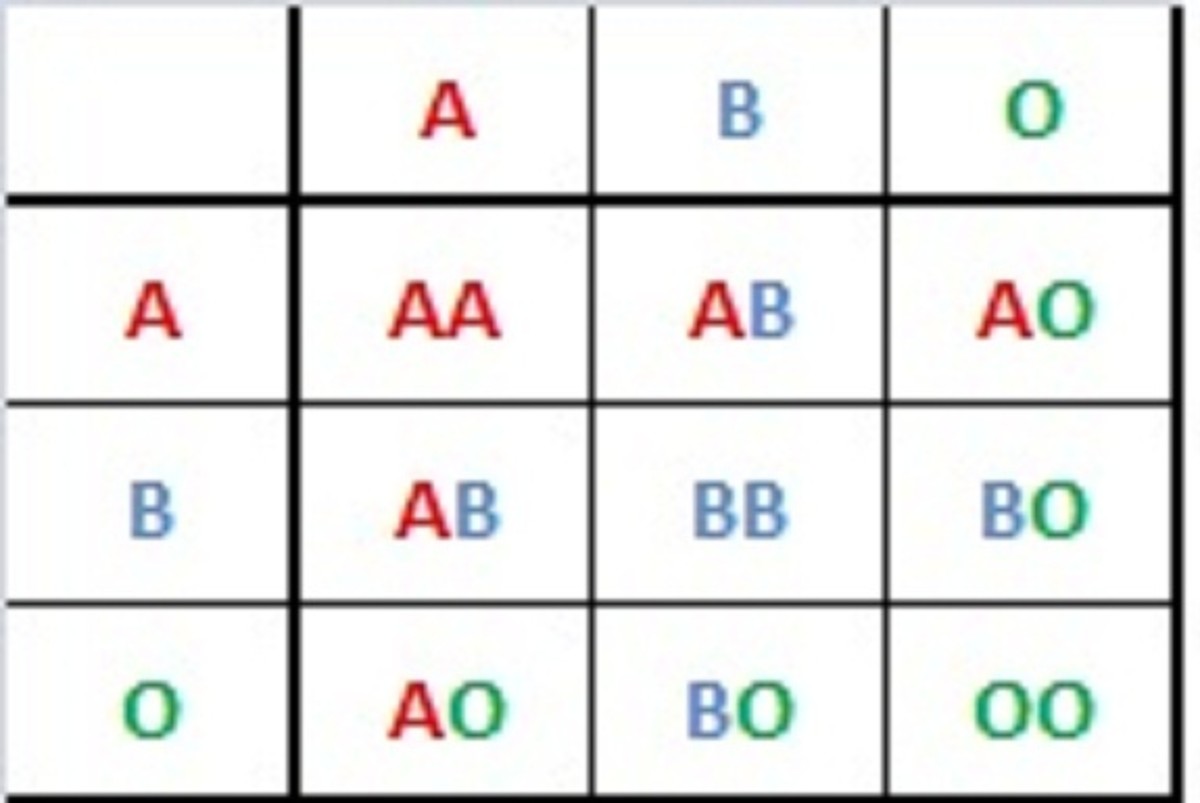



Blood Types History Genetics And Percentages Around The World Owlcation




Understanding Genetics
Likelihood of conflict in the rhesus system is possible only in mothers with RHnegative blood and does not exceed 50%;Blood Type Chart Facts And Information On Blood Group Types Blood Type Chart Mother Father Child Paternity Determination Why Is It That A Positive And O Positive Give Birth To B Positive Parents Blood Types Chart Can A Child Have Same Blood Group As Either Mother S Or Father SWrite down your blood type and your type's allele like AA or AO According to your allele, your child will probably have Atype (75% chance) or O type (25% chance) Write down your partner's blood type and alleles which will be AB The child will have a 50% chance of A blood type and 50% B type




Understanding Genetics
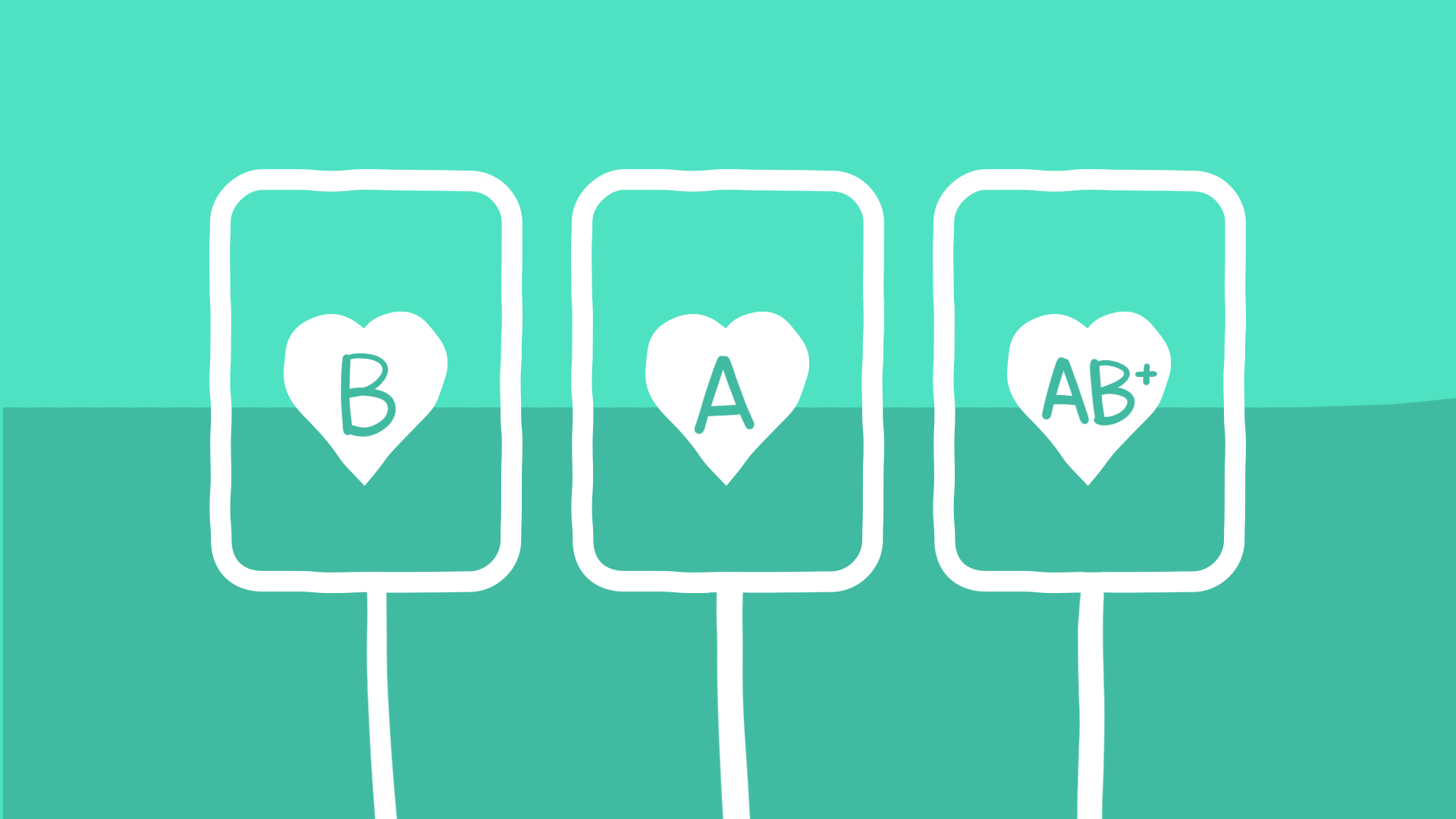



Blood Types 101 What Does Your Blood Type Mean For Your Health
AB Negative blood – 1%;O Negative blood – 7%;Blood Type Compatibility Your ABO blood type is based on the presence or absence of the A and B antigens on your red blood cells




11 Ab Blood Type Genetics Youtube
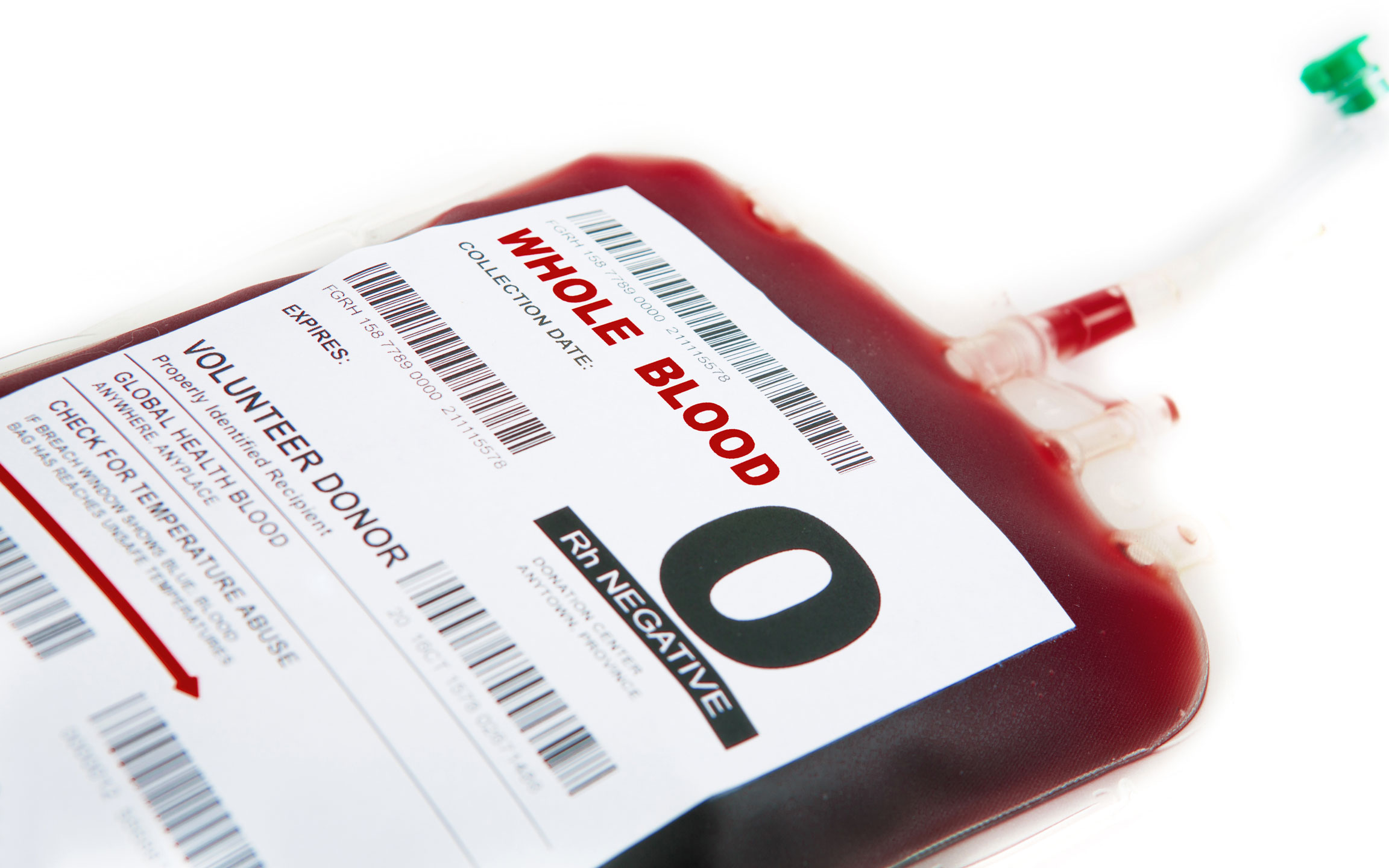



Can Two Rh Positive Parents Have An Rh Negative Child
A person with Type O blood has to have two O genes because O is recessive If those two people have children together, each child gets one gene from each parent, so the child can have BO=B blood or OO=O blood Click the link "look at these handy tables" in the article for more information ReplyCan 2 parents who both have O positive blood type have a child who is o negative blood type, my son is O positive but my daughter is O neg I am concerned that I am not the biological father of my dau read more A mother who is blood type O can just pass an O allele to her child or girl A dad who is blood type AB could pass either An or a B allele to his child or girl Everybody has an ABO blood type (A, B, AB, or O) and a Rh factor (positive or negative) Much the same as eye or hair shading, our blood type is acquired from our folks Each natural parent gives one of two ABO qualities to their youngster The An and B qualities are predominant and the O quality is passive blood
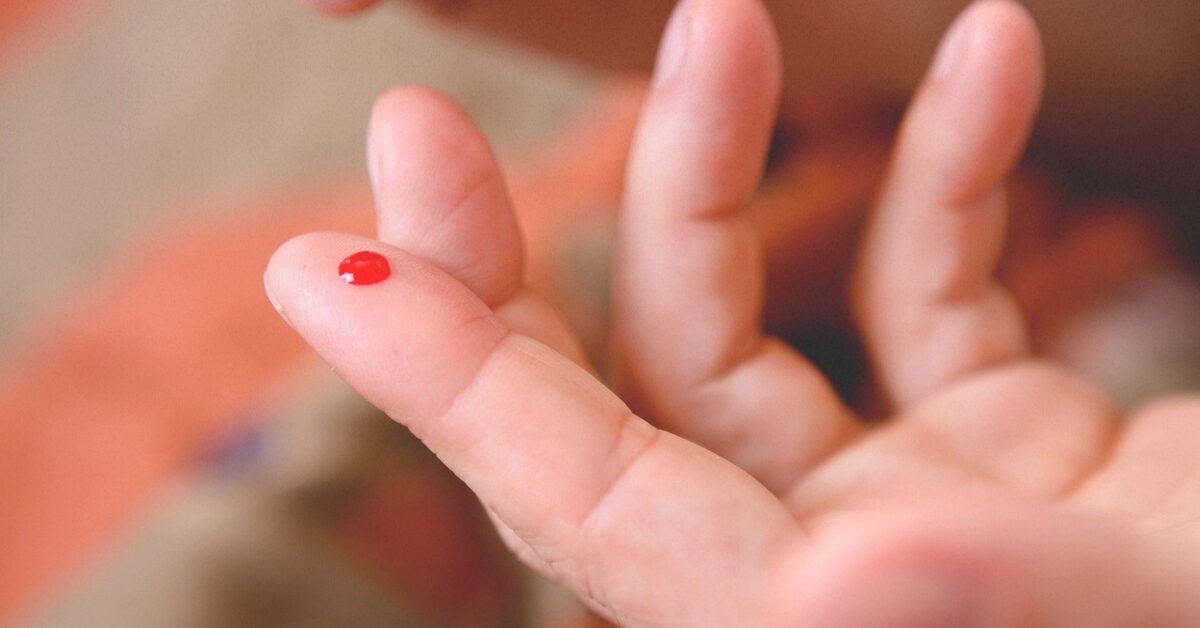



Rarest Blood Type Plus Blood Type Compatibility And Genetics
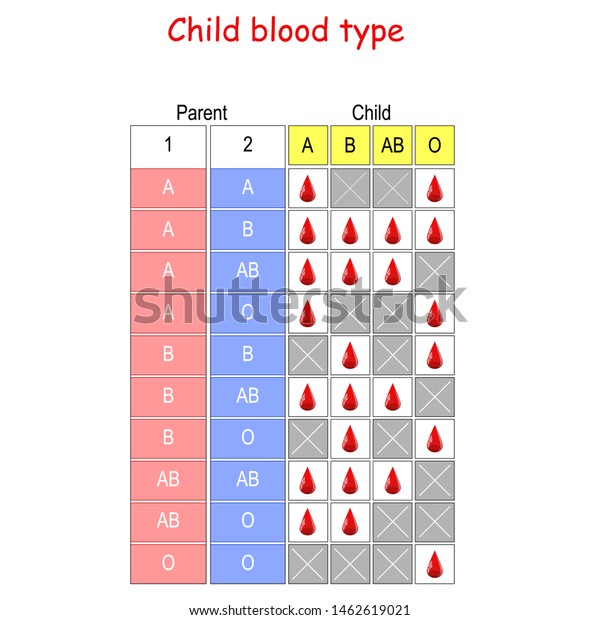



Child Blood Type Chart How Mother Stock Vector Royalty Free
Determining Blood Type Compatability The following blood type chart can be used to determine both blood type compatibility and likely offspring blood type Use the information to uncover the blood type of a child born to parents with the blood types listed Please also consult your physician regarding ABO and Rh incompatibility Type O blood is the oldest bloodline, so much of the O positive blood type diet is based on providing nutrients that ancient people would have consumed Those with an O positive bloodline will also need to get plenty of vigorous exercise as part of their diet routine to ensure that calories are burned effectivelyA Negative blood – 6%;




Animated Blood Types



3
A child can have O blood group only when two recessive O genes from both parents are inherited A person is said to have blood type A or B even when a person possess one copy of "A" or "B" allele along with one copy of O allele, while only those who possess two copies of O are said to have a blood type of O Each biological parent donates one of their two ABO alleles to their child A mother who is blood type O can only pass an O allele to her son or daughter A father who is blood type AB could pass either an A or a B allele to his son or daughter This couple could have children of either blood type A (O from mother and A from father) or bloodTwo parents with A blood type can produce a child with either A or O blood types Two parents with B blood type can produce a child with either B or O blood type One parent with A and another with B can produce a child with A, B, AB or O blood types If one parent has A and another has AB, they can either produce a child with A, B or AB blood types If one parent has A and another has O, they can either produce a child with A or O blood types Rh Positive




The Hh Blood Group Blood Groups And Red Cell Antigens Ncbi Bookshelf




Understanding Genetics
Type Opositive blood is the most common type, meaning you have O blood with an Rh factor Note that D'Adamo's blood type diet only includes a type O diet, not a type Opositive dietRh Positive Blood Types A, B, 0 and AB Rh Negative Blood Types A, B, 0 and AB Rh factors are genetically determined A baby may have the blood type and Rh factor of either parent, or a combination of both parents Rh factors follow a common pattern of genetic inheritanceSuch parents could have children with blood types A, B, and AB, but never O Even with, shall we say, the assistance of a third party, the child could never have blood type O
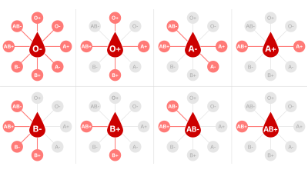



How To Find Out Your Blood Type If You Don T Know What It Is Cnn
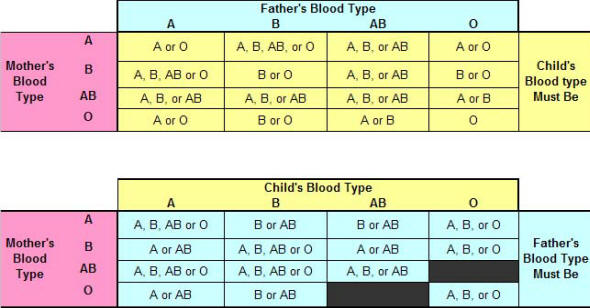



Blood Type Chart Child Father Mother Paternity Determination By Blood Type Parents Child
In rare cases, when a Rhesus positive father and rhesus negative mother the child has a rhesus negative blood type, the pregnancy also takes place without complications If the mother has a positive blood type, and the baby has negative, there will be no incompatibility of the proteins



Can A Child Have A Different Blood Type Than Both Parents



Blood Type




Understanding Genetics
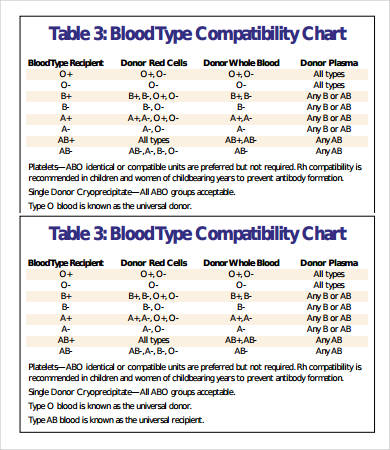



Blood Types Chart 7 Free Pdf Download Documents Free Premium Templates
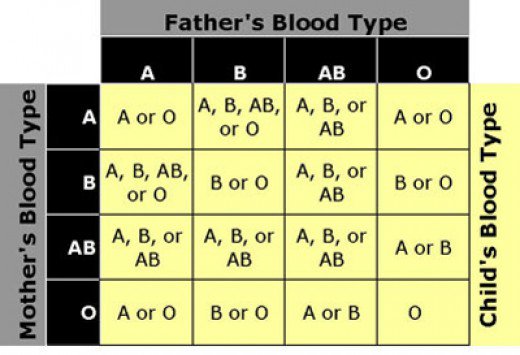



If My Blood Type Is O Positive What Kind Of Blood Types Did My Parents Have Socratic




What Is The Most Common Blood Type



What S My Blood Type New Health Advisor
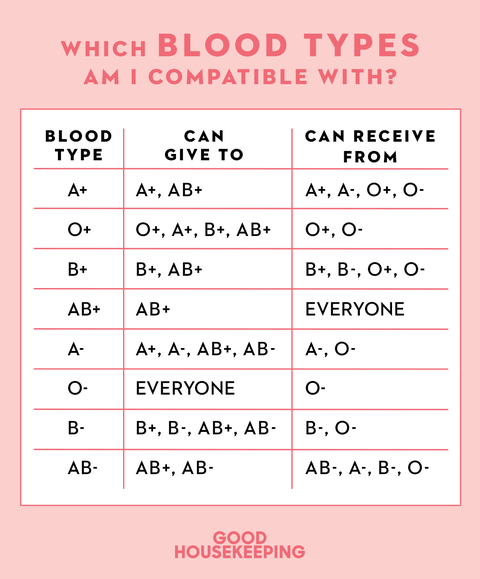



How To Find Out Your Blood Type Easily Blood Type Chart Facts
:max_bytes(150000):strip_icc()/56385037-56a6fcec5f9b58b7d0e5ddc1.jpg)



Abo Blood Type Incompatibility Between Mother And Baby
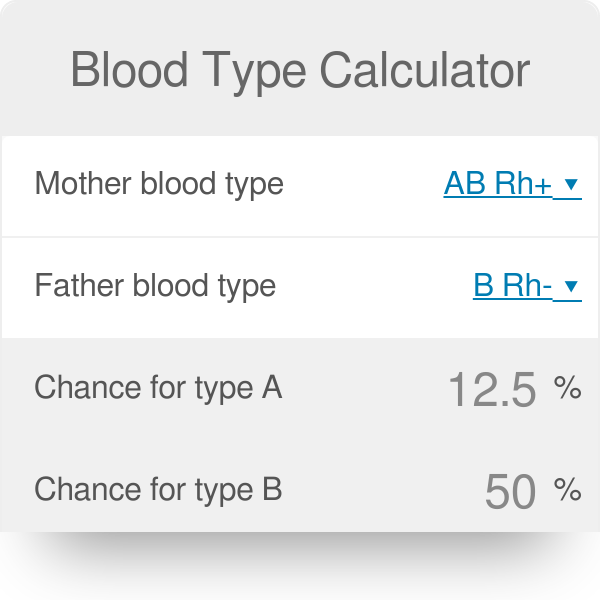



Blood Type Calculator



Blood Types Parents




What Your Blood Type Says About You A Fun Educational Look At Your Health And Personality Walden University




Understanding Genetics




Parents Blood Types Chart




What To Eat According To Your Blood Type Scoop Empire




Tl S Journey Of Life Chapter One Facts Blood Type
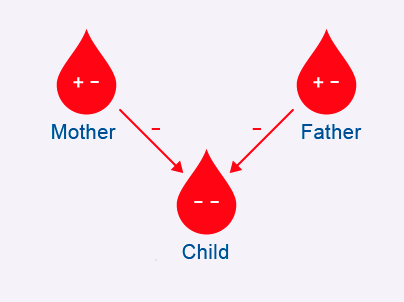



About Blood Types Blood Centre
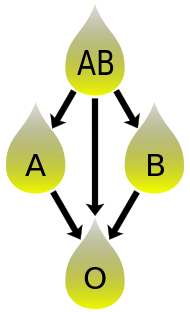



Blood Type Wikipedia




Understanding Genetics



How Do Siblings Blood Types Resemble Or Differ From One Another Quora




Blood Type Genetics Chart Free Download
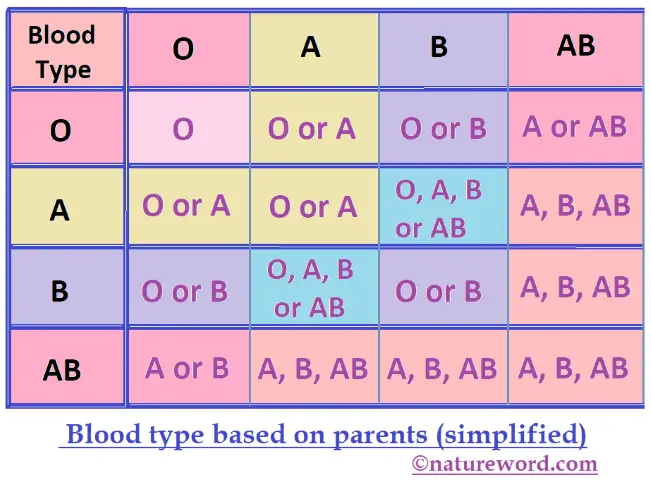



Blood Type Based On Parents Natureword




Blood Type Distribution By Ethnicity U S 21 Statista




Genotypes For Various Blood Types Video Lesson Transcript Study Com
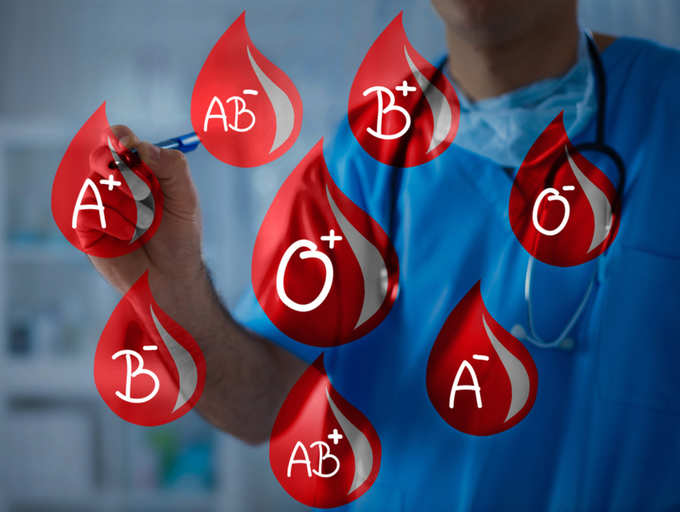



Blood Type Personality What S Your Blood Group The Answer Might Reveal Some Interesting Things About You
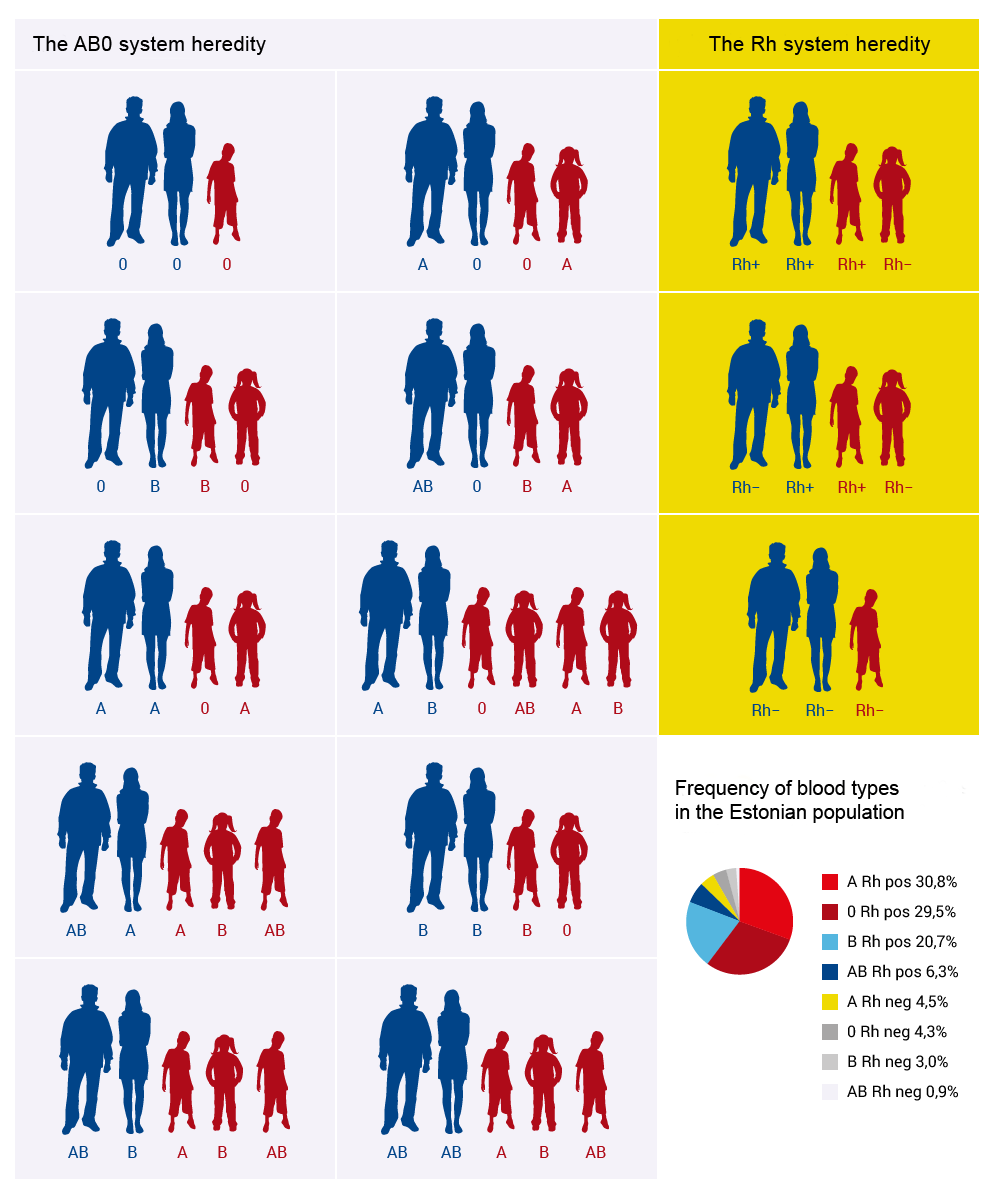



About Blood Types Blood Centre




11 Ab Blood Type Genetics Youtube
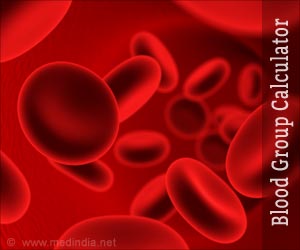



Blood Group Calculator




Why It S Important To Know Your Blood Type Before Pregnancy
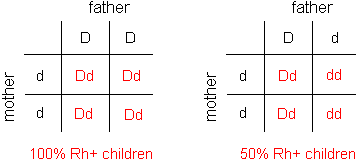



Human Blood Rh Blood Types
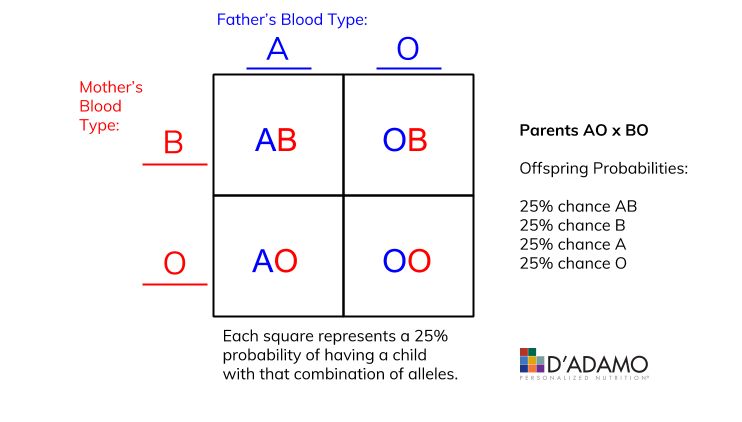



Thank Your Dad For Your Blood Type The Science Of Abo Inheritance D Adamo Personalized Nutrition Blood Type Diet




Genetically Determined Abo Blood Group And Its Associations With Health And Disease Arteriosclerosis Thrombosis And Vascular Biology
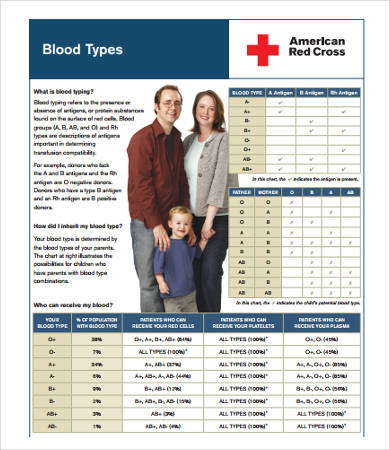



Blood Types Chart 7 Free Pdf Download Documents Free Premium Templates




Pdf Blood Group And Genotype Compatibility
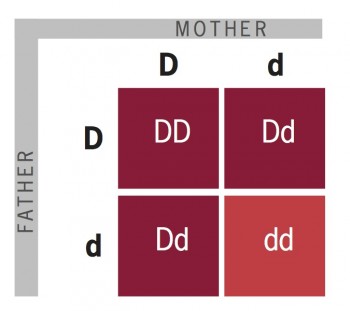



Can Two Rh Positive Parents Have An Rh Negative Child
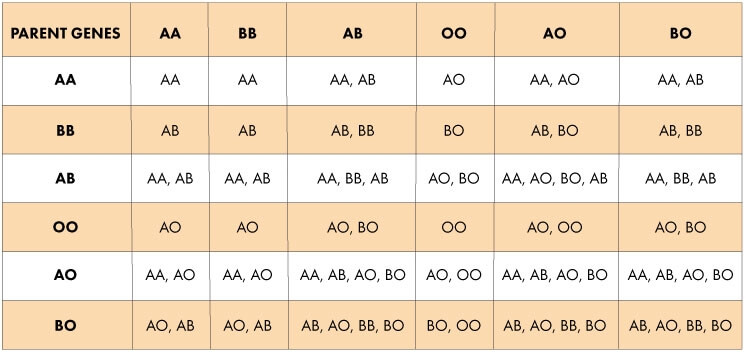



Blood Type Compatibility Picture Dna Test Face Dna Test




Why It S Important To Know Your Blood Type Before Pregnancy




Your Blood Type May Determine Whether You Get Covid 19 Or Not
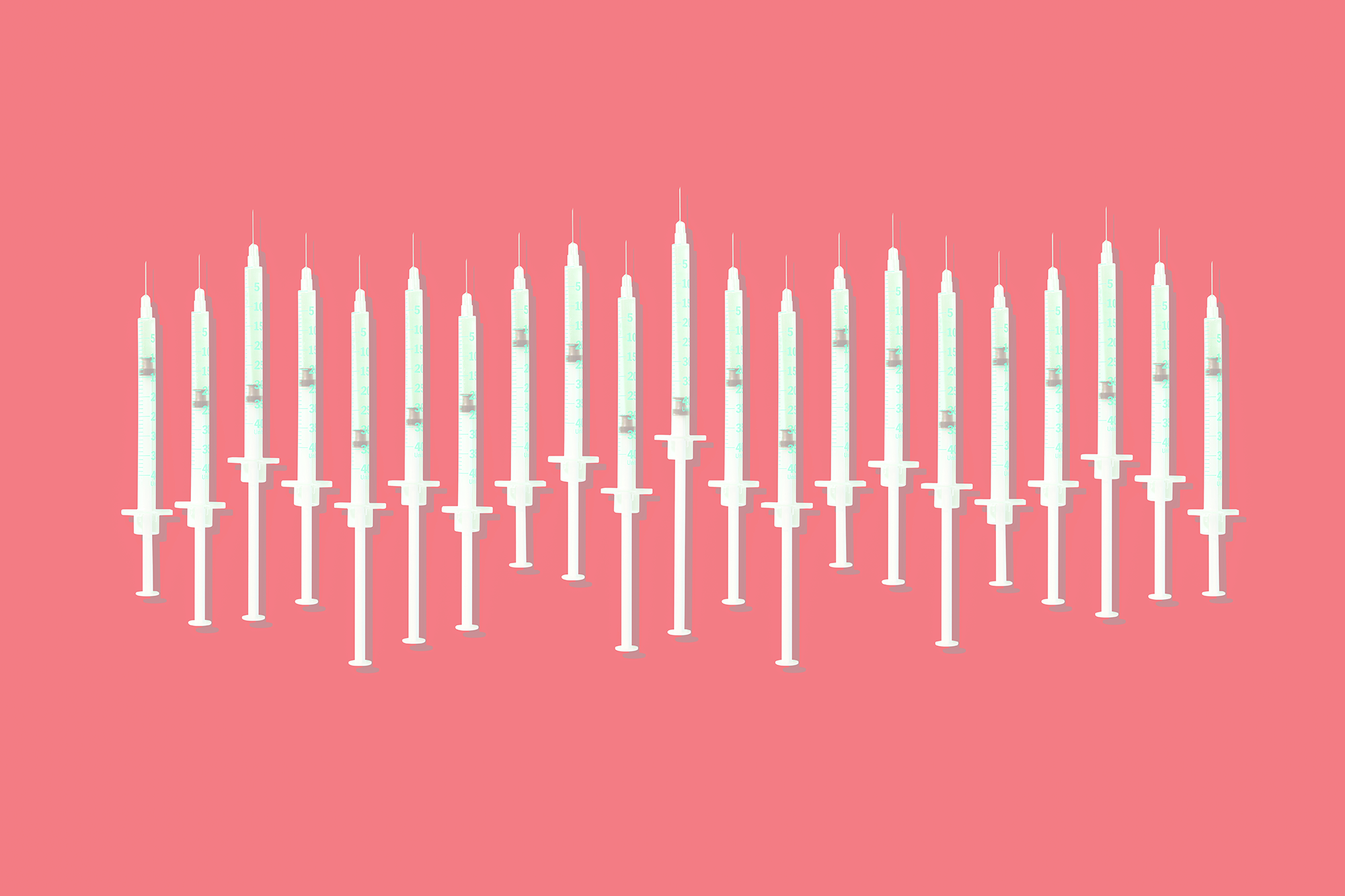



How To Find Out Your Blood Type Easily Blood Type Chart Facts




Blood Type Chart And Information On Blood Group Types Disabled World




Understanding Genetics
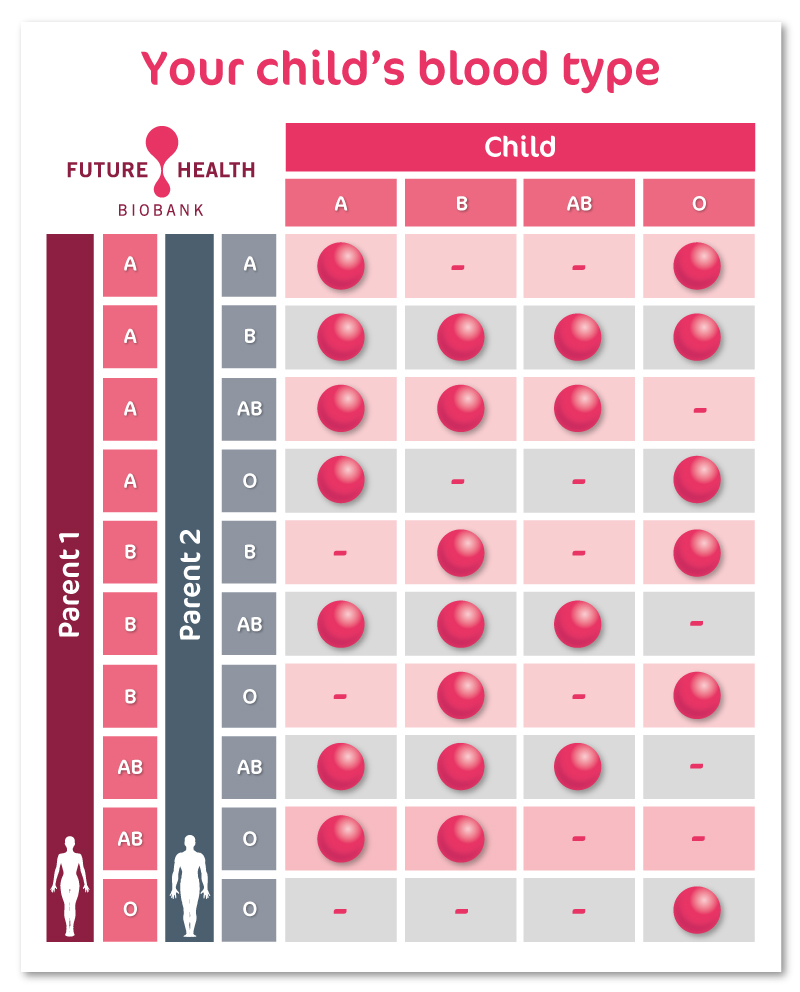



The Importance Of Knowing Your Baby S Blood Type Future Health Biobank



What Is The Blood Group Of A Child If The Parents Are A And Ab Quora
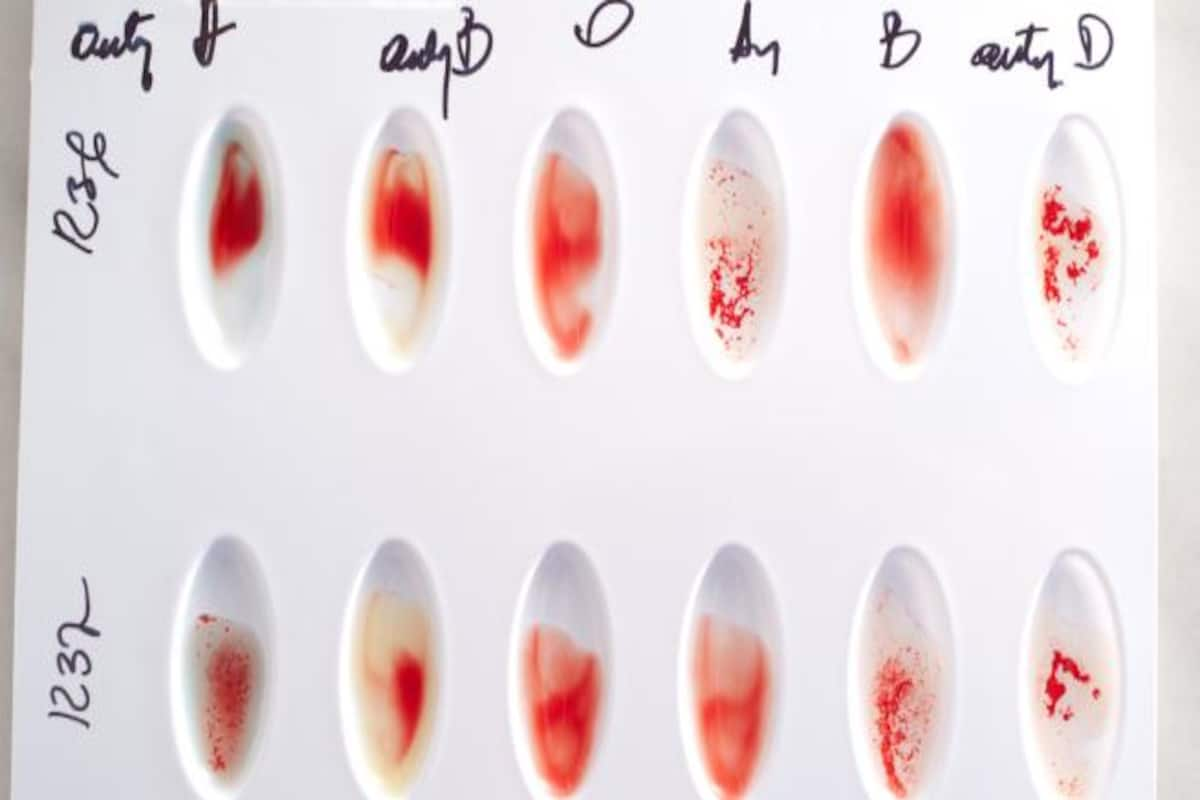



How To Read Your Medical Test Report Blood Typing And Blood Cross Matching Thehealthsite Com




Blood Assurance Blood Type Is A Matter Of Genetics Just Like Eye Color Hair Color Etc This Chart Can Tell You What Blood Types Are Possible With Which Combinations Facebook
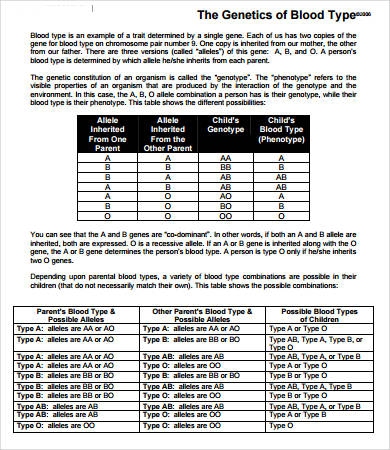



Blood Types Chart 7 Free Pdf Download Documents Free Premium Templates




Understanding Genetics




Understanding Genetics
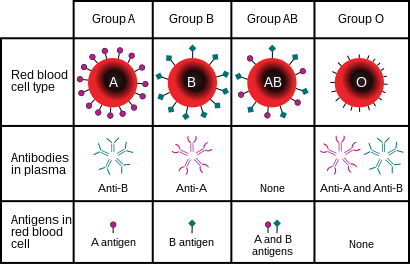



Abo Blood Group System Wikipedia



1




How Blood Types Work Oneblood
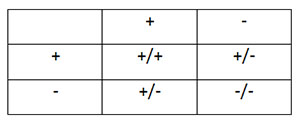



If My Blood Type Is O Positive What Kind Of Blood Types Did My Parents Have Socratic
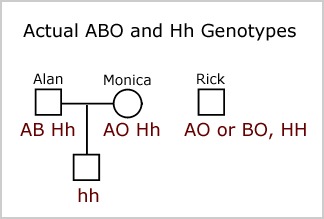



The Hh Blood Group Blood Groups And Red Cell Antigens Ncbi Bookshelf
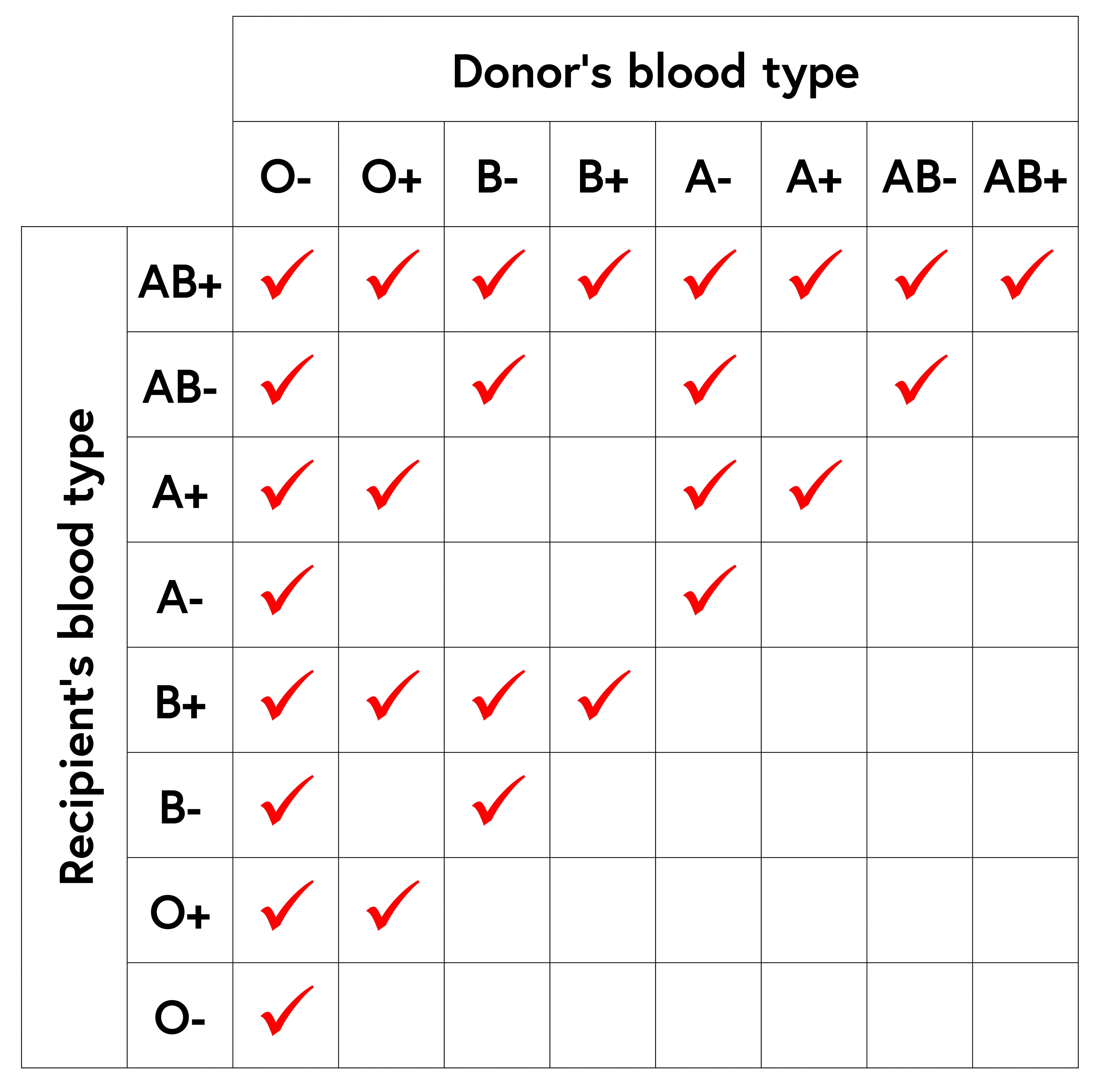



Why Are Some Blood Types Incompatible With Others Curious




How To Determine Your Blood Type 7 Steps With Pictures
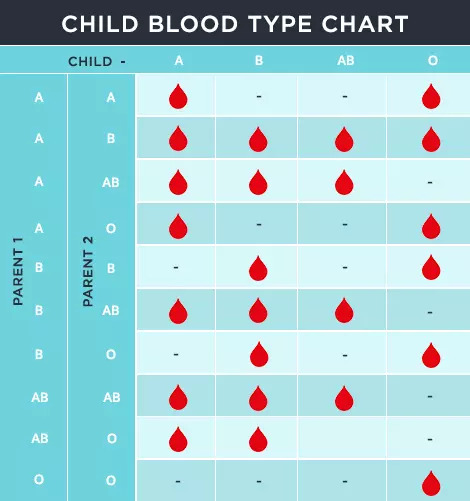



Child Blood Type Calculator Predict Your Baby Blood Group
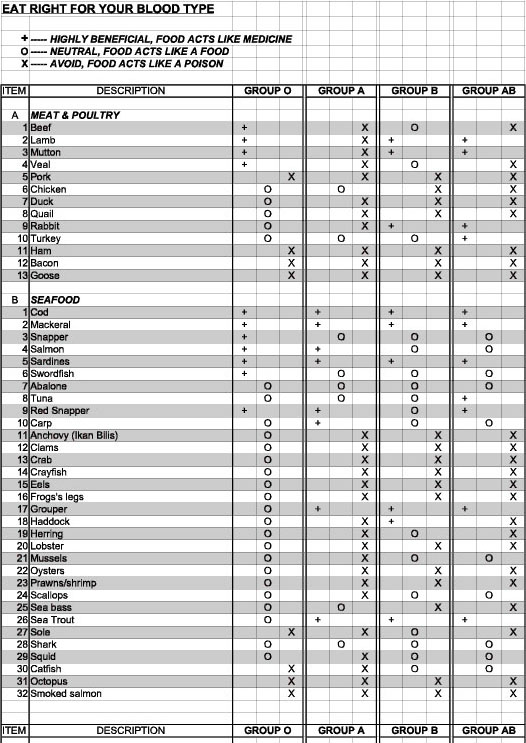



What To Eat According To Your Blood Type Scoop Empire



What Blood Type Will A Child Have If Both Parents Are O Positive Quora




What To Eat According To Your Blood Type Scoop Empire
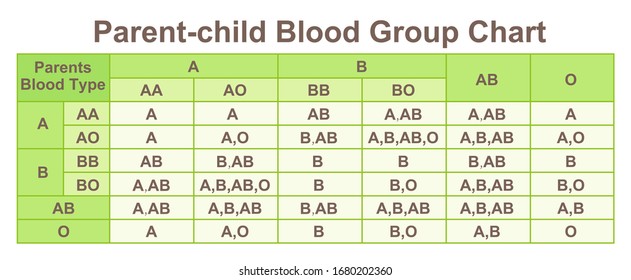



Blood Type Chart Images Stock Photos Vectors Shutterstock
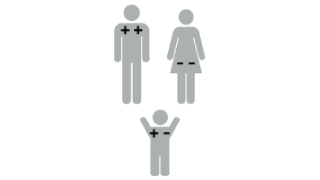



Blood Types In Pregnancy Children S Hospital Of Philadelphia
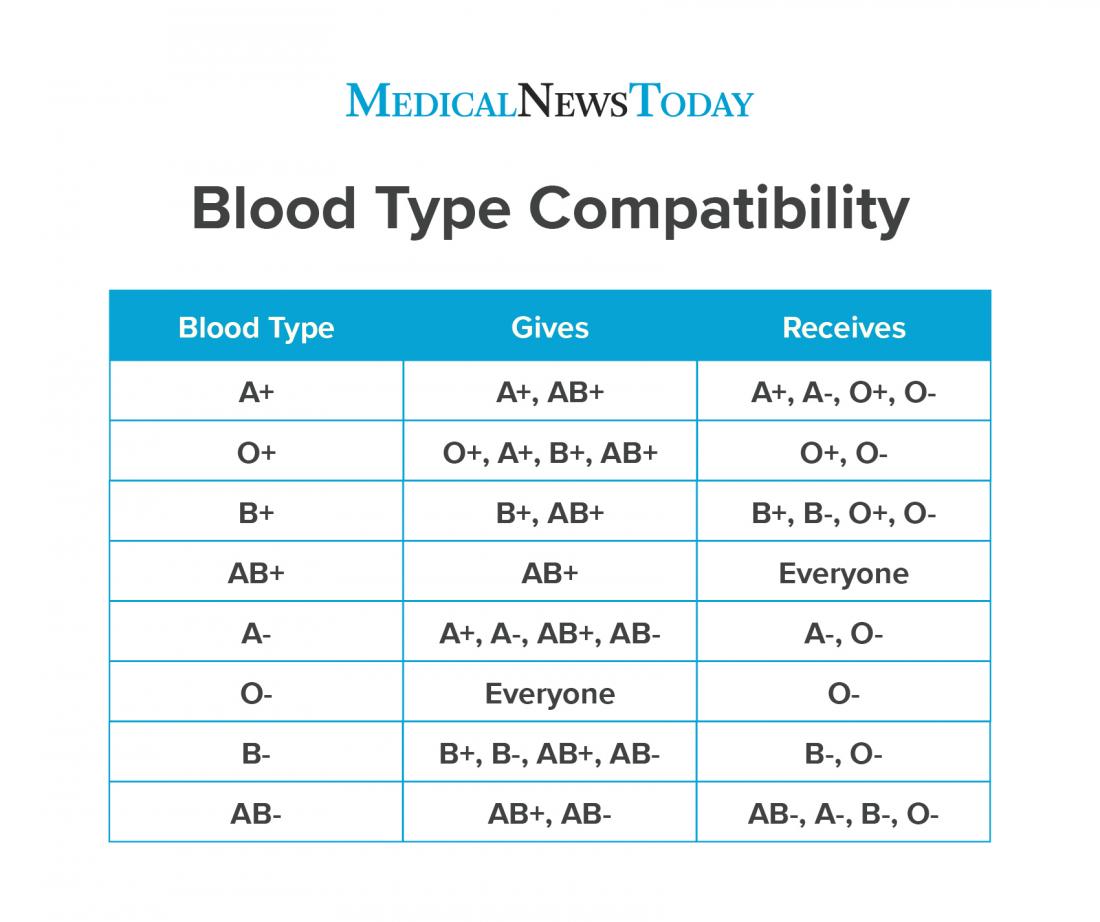



Rarest Blood Type Chart And Compatibility




Child Blood Type Chart How Mother And Father Blood Types Impact Blood Type Of Their Children Vector Diagram Showing The Potential Outcomes Illustration For Educational Science And Medical Use Royalty Free Cliparts




Blood Types Baby Stock Illustration Download Image Now Istock




Blood Type Compatibility Genetics



How To Determine Your Blood Type Trinity Holistic Wellness Center 281 367 9292
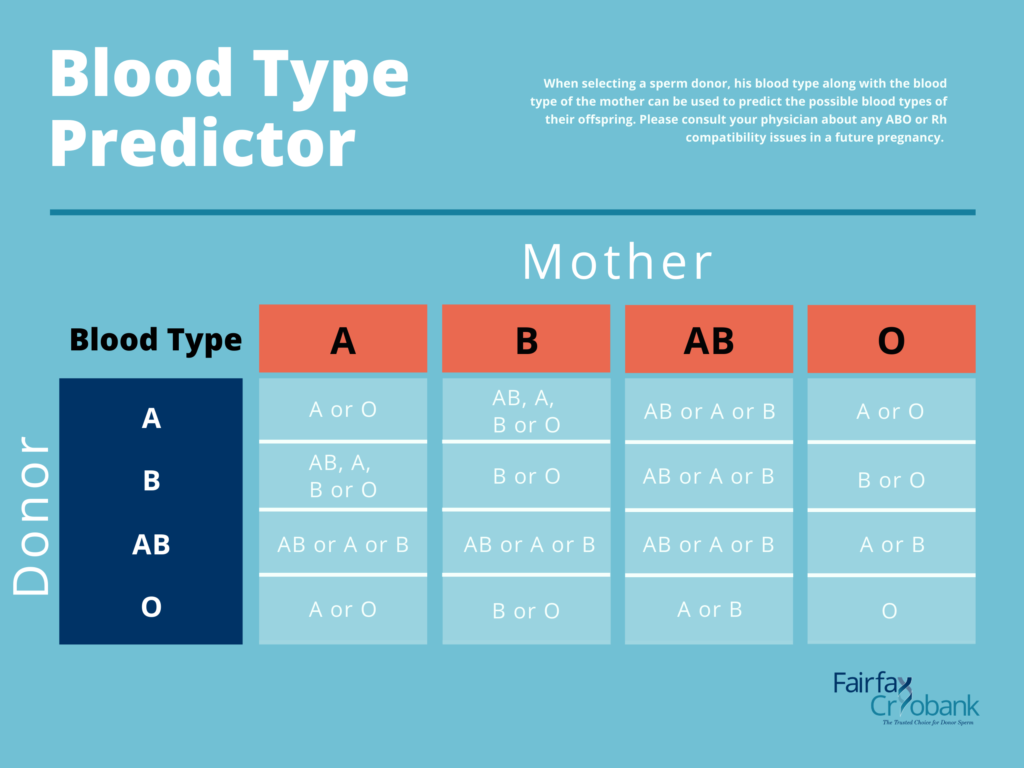



Blood Type Predictor Fairfax Cryobank




Thank Your Dad For Your Blood Type The Science Of Abo Inheritance D Adamo Personalized Nutrition Blood Type Diet
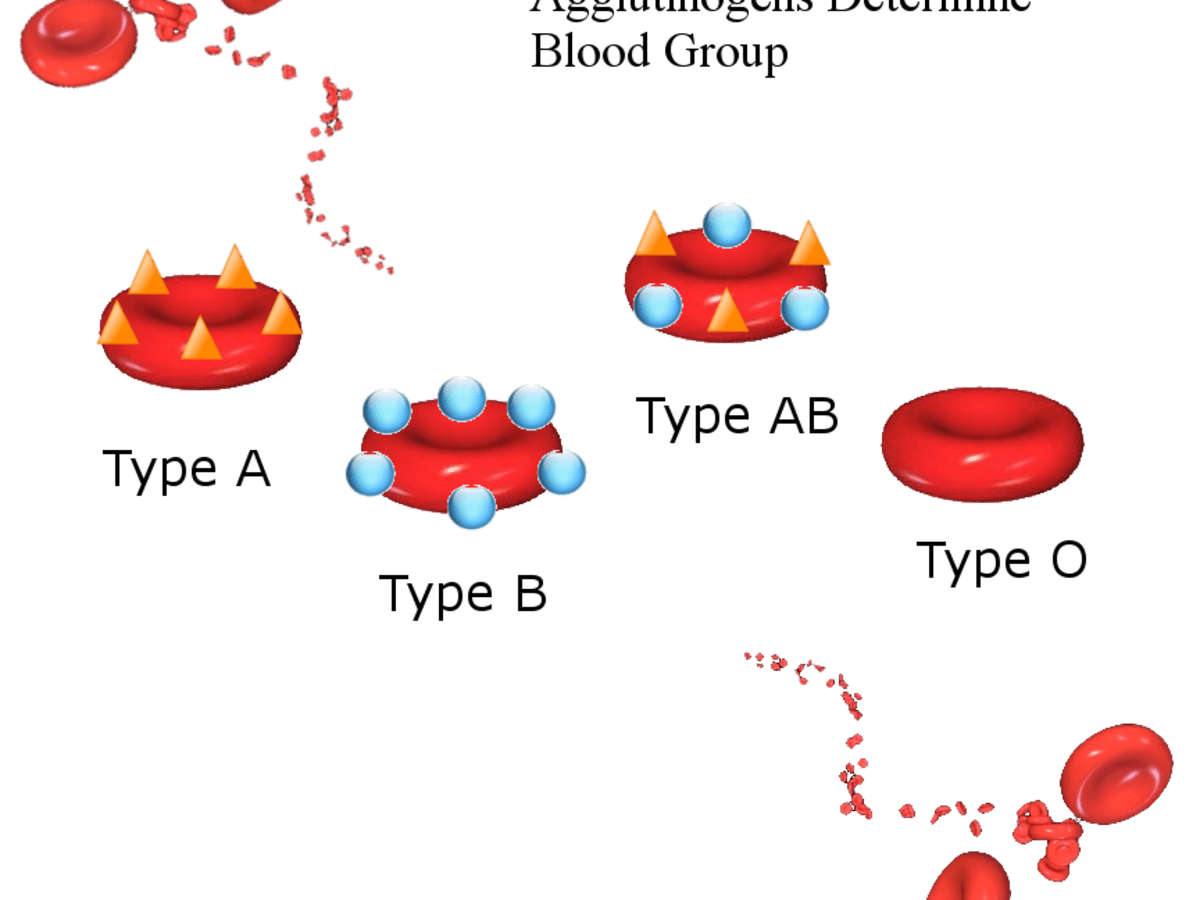



Blood Types History Genetics And Percentages Around The World Owlcation




Blood Type Calculator Babymed Com
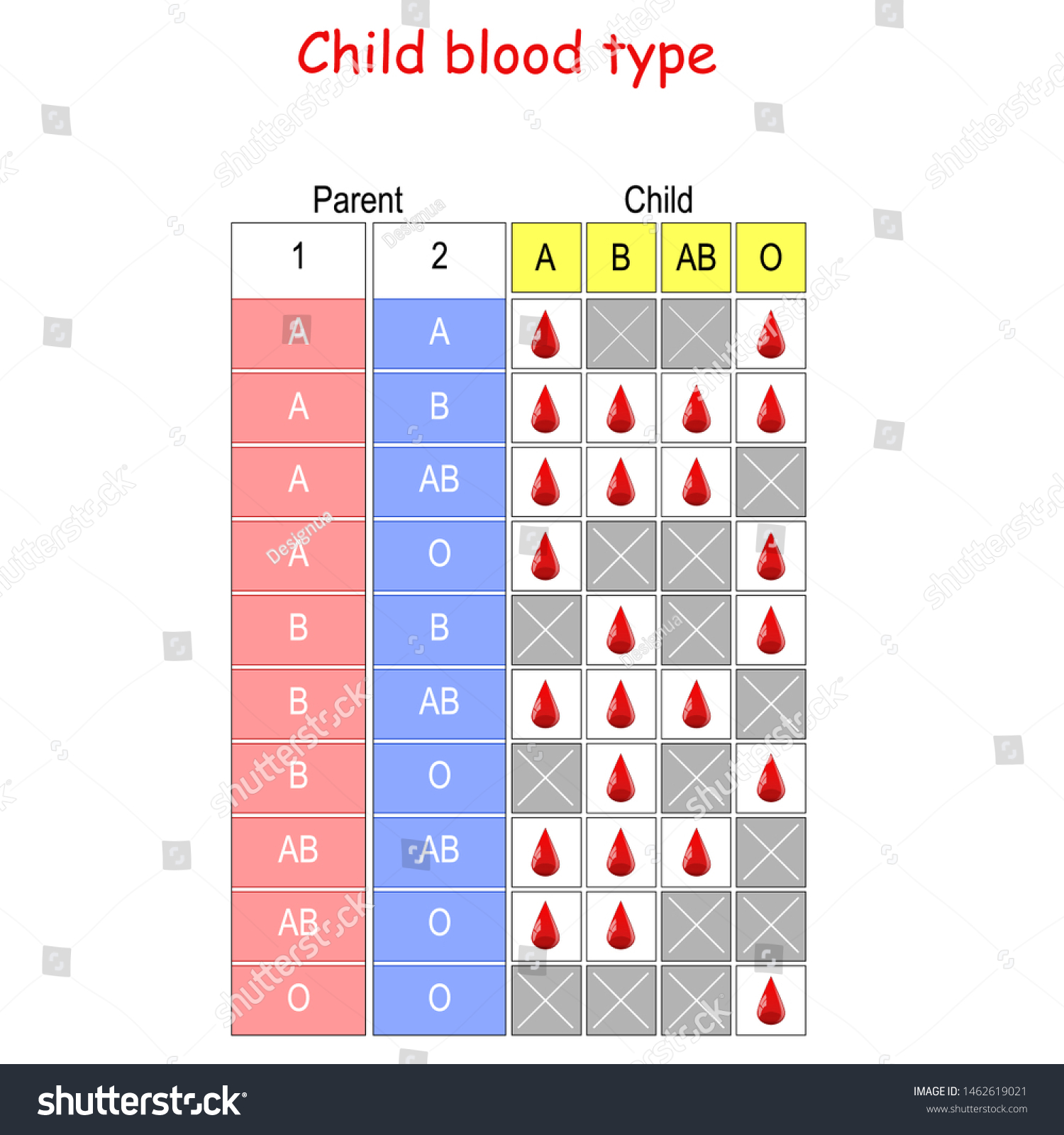



Child Blood Type Chart How Mother Stock Vector Royalty Free




Blood Type Predictor Fairfax Cryobank
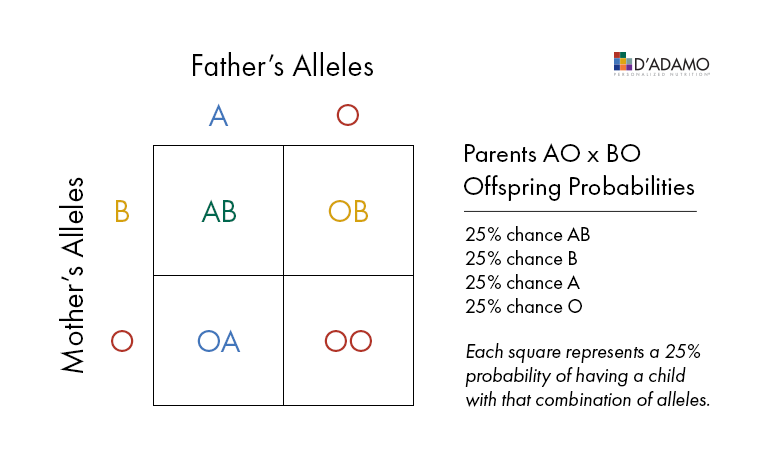



Gifts From Your Father The Genetics Of Blood Type D Adamo Personalized Nutrition Blood Type Diet
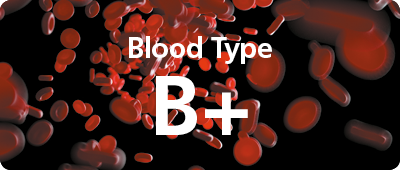



B Positive Blood Type Nhs Blood Donation
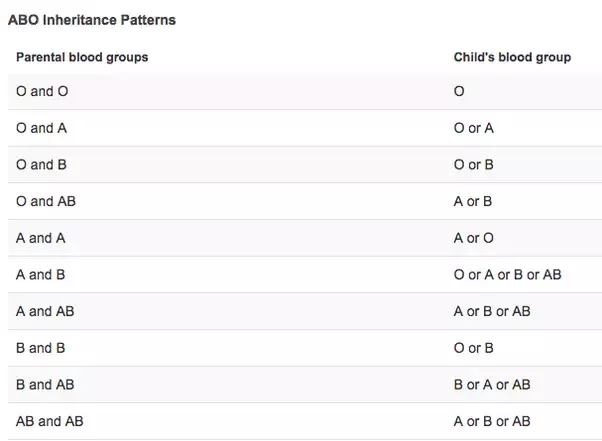



How Can Two Parents With An O Blood Type Have An A Positive Child Quora




Blood Types History Genetics And Percentages Around The World Owlcation




How To Solve Abo Blood Type Problems Using Pedigree Chart Youtube




How To Determine Your Baby S Blood Type Using A Punnett Square



0 件のコメント:
コメントを投稿